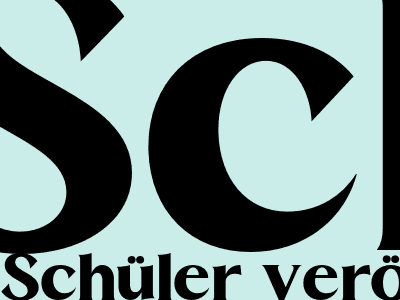
Student Posts Video From Classroom - School Apparently Draws Drastic Consequences
Consequences for Students Posting Classroom Videos
A student in Germany has reportedly been suspended after posting a video of their classroom on social media. The video, which was posted on TikTok, showed the student's classmates and teacher engaged in a lesson. The school has since launched an investigation into the incident and has reportedly taken disciplinary action against the student. It is unclear what specific consequences the student will face, but it is believed that they could include suspension or even expulsion.
The incident has raised concerns about the privacy of students in schools. Some parents are worried that their children's images could be shared online without their consent. Others argue that students should be allowed to post videos of their classrooms as long as they do not violate any privacy laws.
Balancing Student Privacy and Free Speech
The case highlights the tension between student privacy and free speech. On the one hand, students have a right to privacy and should not have their images shared online without their consent. On the other hand, students also have a right to free speech and should be allowed to express themselves online. It is important to find a balance between these two rights.
In the case of the student who posted the video, it is unclear whether they violated any privacy laws. The video did not show any students' faces or other personally identifiable information. However, the school may have decided to take disciplinary action against the student because they believe that the video violated the school's privacy policy.
Recommendations for Schools
Schools should develop clear policies regarding the posting of videos and images of students online. These policies should be communicated to students and parents. Schools should also provide training to students on the importance of privacy and consent.
In addition, schools should work with parents to develop guidelines for the use of social media by students. These guidelines should help students to understand the potential risks and benefits of social media and how to use it responsibly.